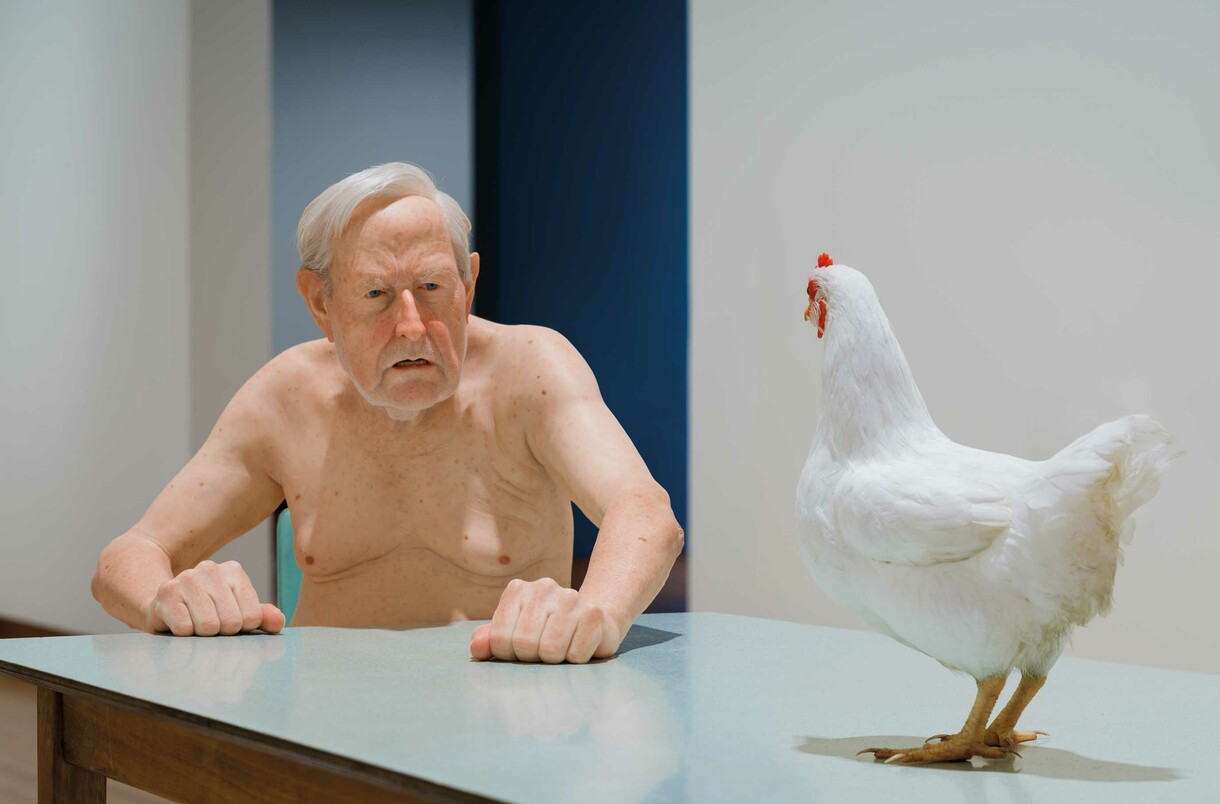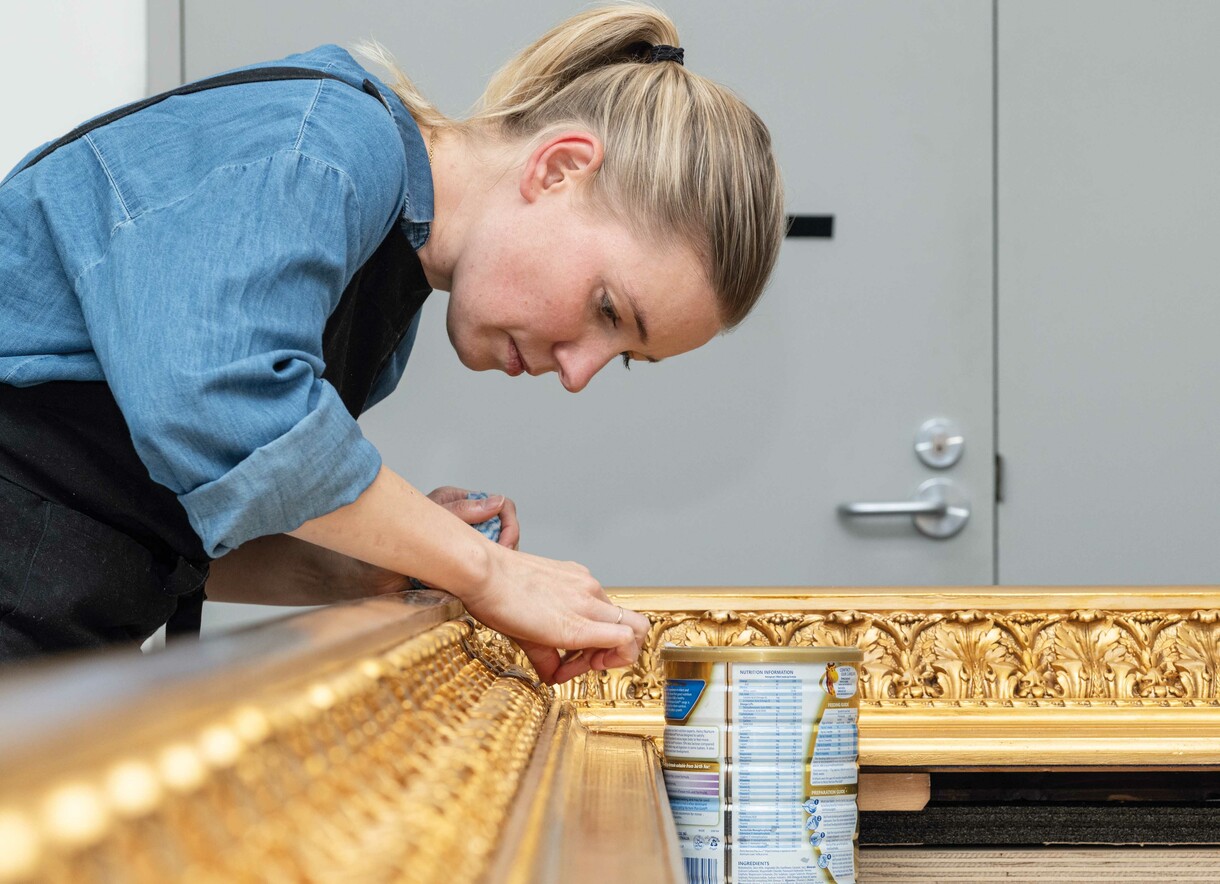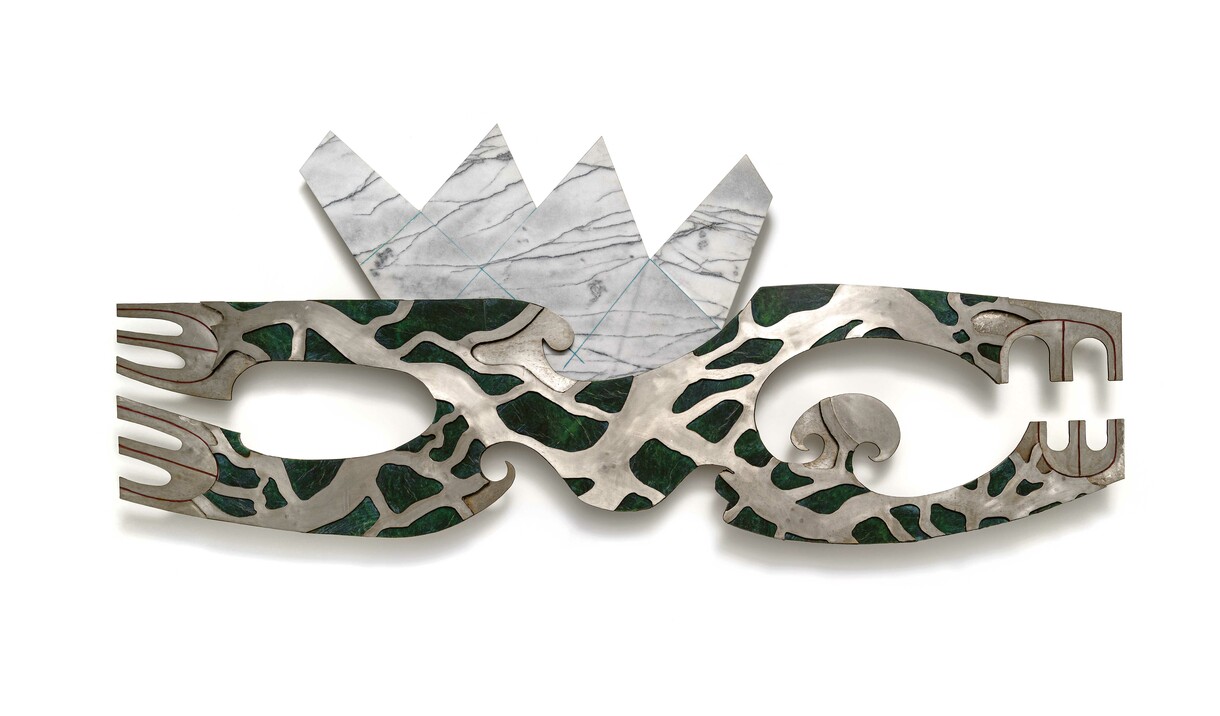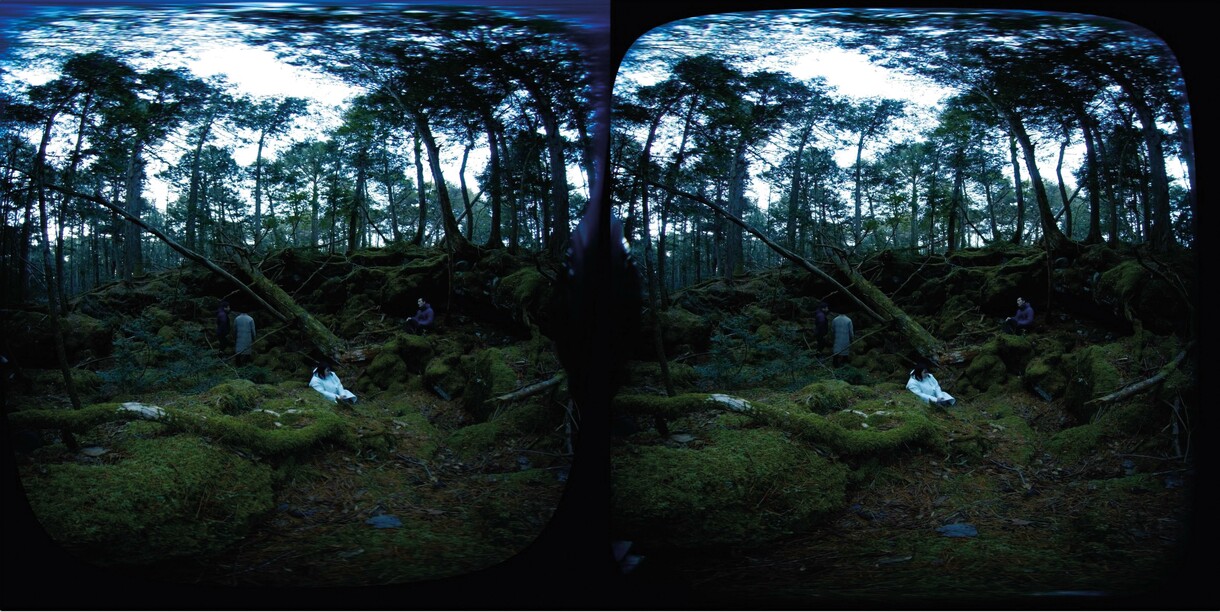I doubt that any printer’s first book has proved more wholly apposite than Pathway To The Sea, printed by Alan Loney in 1975 at his newly founded Hawk Press. There is propriety in the contributors. The writer, Ian Wedde, achieved prominence as a poet and critic, as Loney has; the cover artist, Ralph Hotere, believed strongly in the crosspollination of art and literature, as Loney does. And there is propriety in the title, which poetically evokes Loney’s trajectory in Aotearoa New Zealand. Born in 1940 in Te Awakairangi Lower Hutt, he came to printing through poetry. In 1971, he typeset his first collection, The Bare Remembrance, at Trevor Reeves’s Caveman Press in Ōtepoti Dunedin. Hawk Press was set up at Te Onepoto Taylors Mistake and later travelled with Loney from Ōtautahi Christchurch to the Kāpiti Coast and Ōkiwi Eastbourne. After its closure in 1983, he established further presses in Te Whanganui-a-Tara Wellington and Tāmaki Makaurau Auckland. In 1998, he left Aotearoa, crossing Te Tai-o-Rehua Tasman Sea and alighting in Naarm Melbourne, where he settled permanently in 2001.
Continued









